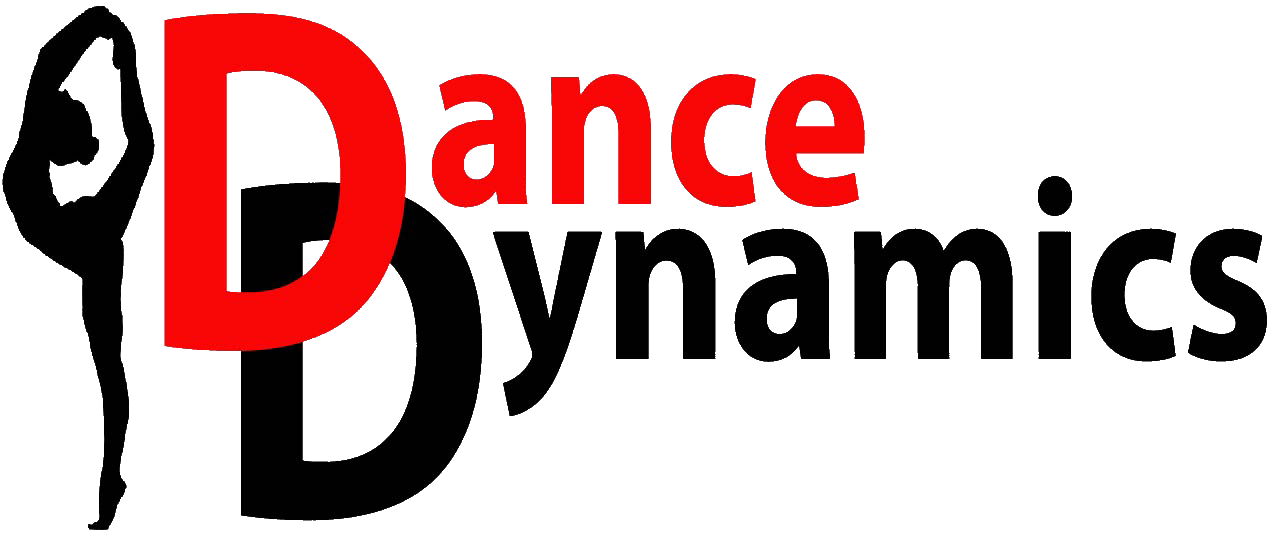Contemporary Dance: A Dynamic Blend of Movement and Music
Picture this: you're sitting in a dimly lit theater as the curtains rise, revealing a group of dancers poised on stage. The music starts, and they begin to move—their bodies flowing gracefully, sometimes in sync and sometimes in striking contrast, telling a story through their movements.
You are enthralled and captivated by the seamless fusion of art, emotion, and technique unfolding before your eyes. This, my friends, is the complex and mesmerizing world of contemporary dance.
What is Contemporary Dance?
Contemporary dance is an umbrella term encompassing many dance styles that have emerged since the mid-20th century. It is a genre that defies rigid definitions and classifications, as it draws on a multitude of influences from different dance forms, techniques, and philosophies.
Contemporary dance is a melting pot of creativity, where the lines between genres are blurred, and tradition is challenged in the pursuit of innovation and self-expression.
Rooted in the belief that dance should be accessible and relevant to the lives of the audience and the dancers themselves, contemporary dance often delves into themes of identity, relationships, emotional landscapes, and the human condition.
It is less concerned with adhering to a specific technique or style and more focused on exploring new movement possibilities and communicating ideas and emotions.
The Origins of Contemporary Dance
The roots of contemporary dance can be traced back to the early 20th century when pioneers like Isadora Duncan, Martha Graham, and Merce Cunningham began to break away from the rigid structures of classical ballet.
They sought to create a dance form allowing greater freedom of movement and expression, drawing inspiration from various sources such as art, literature, and Eastern philosophies.
These trailblazers laid the groundwork for contemporary dance, each contributing their unique vision and approach to developing the genre. For instance,
Martha Graham is known for her groundbreaking technique based on the contraction and release of the spine. At the same time, Merce Cunningham is celebrated for exploring chance procedures and the relationship between dance and music.
Critical Characteristics of Contemporary Dance
While contemporary dance is an incredibly diverse and fluid genre, certain key characteristics set it apart from other dance forms:
1. Versatility: Contemporary dance is not confined to a specific technique or style, allowing dancers and choreographers to explore various movement possibilities and creative expressions.
2. Emotional Expression: At its core, contemporary dance aims to communicate emotions and ideas through movement, often delving into personal, introspective, and thought-provoking themes.
3. Collaboration: Contemporary dance often involves collaboration between dancers, choreographers, musicians, and visual artists, resulting in a rich and multi-layered performance that transcends the boundaries of traditional dance forms.
4. Innovation: Contemporary dance constantly evolves, with choreographers and dancers pushing the envelope and challenging established norms in pursuit of new ways to express themselves and engage with their audience.
5. Integration of Dance Forms: Contemporary dance frequently draws on elements from various dance forms such as ballet, jazz, modern, hip-hop, and non-Western dance traditions, resulting in a unique and eclectic blend of movement styles.
The Impact of Contemporary Dance
Contemporary dance has profoundly impacted the dance world, challenging and redefining what it means to be a dancer and a choreographer.
It has opened up new possibilities for artistic expression and exploration, encouraging dancers to take risks and push their physical and emotional boundaries.
Furthermore, contemporary dance has expanded the scope of dance as a medium for storytelling, allowing for a wider range of themes and narratives to be explored.
Conclusion
Contemporary dance is a captivating and complex genre that continues to evolve and redefine the dance world. It celebrates creative freedom, emotional expression, and innovation, inviting us all to experience the beauty and power of movement in its many forms.
So, the next time you find yourself in that dimly lit theater, watching those dancers pour their souls into every movement, remember that you are witnessing a truly unique and transformative art form that speaks to our hearts and transcends the boundaries of tradition.
At Dance Dynamics, we aim to enrich young people's lives through dance's beauty. We aim to inspire dancers of all ages while giving them life-long skills to be successful in their futures. Our goal is to teach dance and have an experience that will empower young dancers. Visit our dance studio today and get started on your journey!
